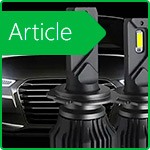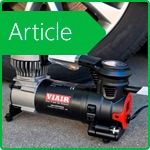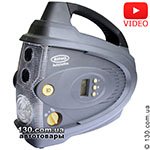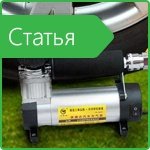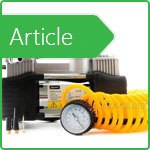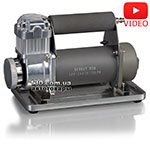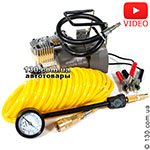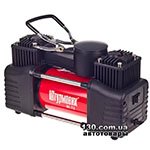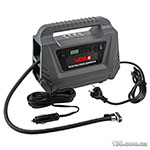Car compressors: tips for effective use
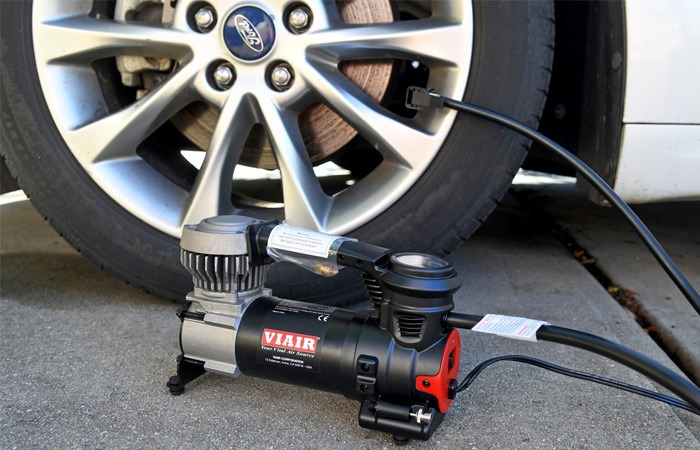
Car compressors are an important tool used to maintain the correct pressure in car tires. The correct use of the compressor not only promotes safety on the road, but also extends the service life of tires, preventing wear and damage, and also saves you time and money, eliminating the need to visit the service station.
However, to ensure the safety and efficient operation of the compressor, it is necessary to carry out regular maintenance of the devices and follow the instructions for use. This includes regularly checking the condition of the equipment, checking cables and connectors for damage, and using the correct types of lubricating oil if required. It is also important to monitor the temperature of the compressor and prevent it from overheating, especially during long-term use. Compliance with all rules will ensure reliable and long-term operation of the autocompressor.
How to properly connect and start using?
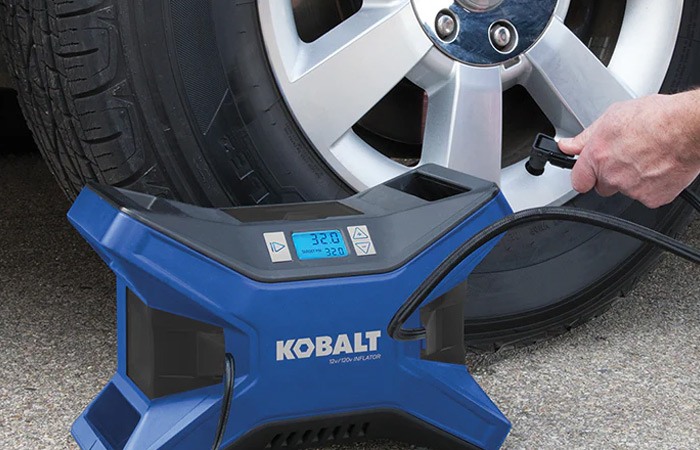
The first and most important step is to correctly connect the compressor to the power source. Depending on the model of the compressor, it can be connected either to a cigarette lighter or to a car battery. First of all, you need to determine the type of your compressor and familiarize yourself with the relevant instructions. If there are no instructions, you should look at the cable: it either has a connector for a cigarette lighter, or is equipped with alligator clips for connecting to the battery.
Connecting to a cigarette lighter is an easier way. Simply insert the connector plug into the corresponding cigarette lighter socket in the car, making sure that the connector is firmly fixed.
Connecting the autocompressor to the battery — this process requires a more careful approach. First, make sure the battery is charged. Then connect the crocodiles to the positive and negative poles of the battery, observing the correct polarity. This is important for safe operation and prevention of possible damage.
After connecting the compressor to the power source, make sure that it is turned on and ready for use. Observe the indicators of operation and check that it is functioning correctly before starting to inflate the tires.
Safety recommendations
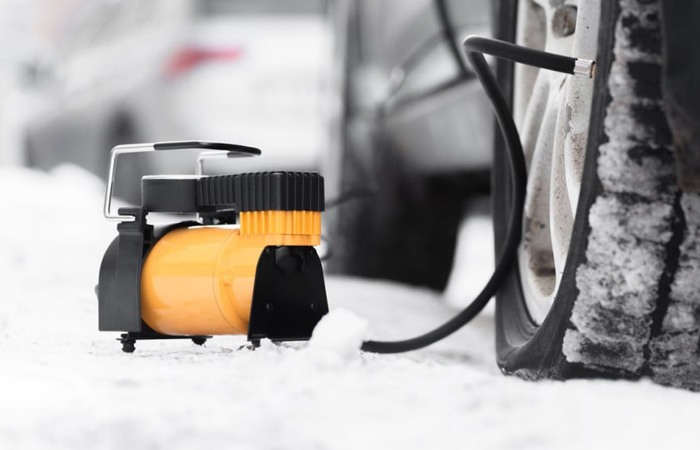
When using an autocompressor, it is necessary to observe certain precautions to ensure the safety of work and safety of the equipment:
- Connect the device only to the power source recommended by the manufacturer. The use of an inappropriate power source may lead to incorrect operation or damage to the equipment.
- Do not use the compressor with a damaged power cord or cigarette lighter plug. It can be dangerous.
- It is not recommended to overinflate tires. Follow the recommended pressure specified in the instructions for the device.
- Do not leave the compressor in places with high humidity and do not allow water to get on individual parts to avoid corrosion and damage to the equipment.
- The compressor is not intended for continuous operation. Allow it to cool down between uses to prevent overheating.
- In the event of malfunctions or the need for repair, contact an authorized service center for diagnostics and troubleshooting.
Recommendations for use
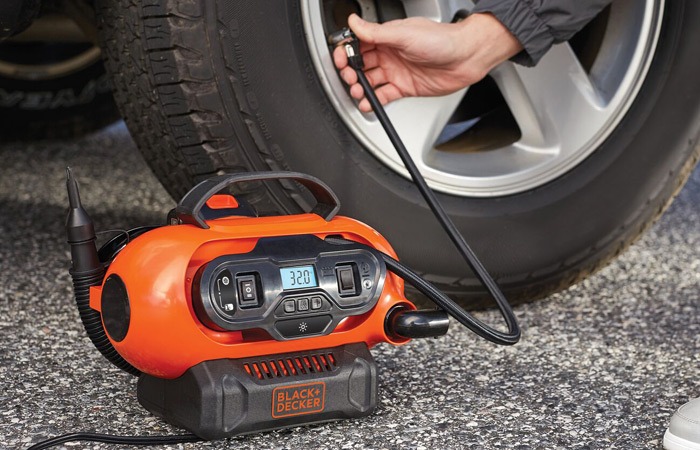
The process of inflating tires, as a rule, consists of several stages:
- Preparation: Before starting the process, make sure that the car is on a level surface and the handbrake is on. Also make sure that the engine is not running and the ignition key is in the "Off" position.
- Compressor connection: Connect the compressor hose to the nipple of the car tire and fasten it tightly. Make sure the hose is securely attached to the nipple to avoid air leaks.
- Pressure estimation: Use a pressure gauge to determine the current tire pressure. Compare it with the recommended indicator specified in the owner's manual of your car or on the tire itself.
- Pumping: Turn on the compressor using the button or switch located on the device. Observe the inflation process and control the tire pressure until it reaches the required level.
- Completion of the process: Once the pressure has reached normal, turn off the compressor by turning it off using the button or switch. It is important not to allow the tire to be inflated, so carefully monitor the process.
- Shutdown: Carefully disconnect the compressor nozzle from the tire nipple, make sure that the inflation was successful and there are no air leaks.
Also, do not forget that when inflating tires, the ambient temperature must be taken into account, as this can affect the tire pressure. Usually, in the winter period, it is recommended to let the car stand for 15-20 minutes in the garage before inflating the tires.
Features of use depending on the type of construction
Differences in the principle of operation of piston and membrane compressors determine the peculiarities of their operation in various conditions.
Piston compressors
They are versatile and can be used in various weather conditions. However, during operation, it is important to ensure that the compressor does not overheat. In case of overheating, stop its operation and allow time to cool down before resuming operation. Regularly checking the temperature will help to avoid overheating and preserve the device's performance in the long run.
Membrane compressors
Unlike piston ones, they have their own peculiarities in use. It is best to avoid using membrane compressors on cold winter days, as low temperatures can negatively affect the operation of the device. In the summer months, it is recommended to limit the time of continuous work to 10-15 minutes without a break. This will avoid overheating and preserve the operability of the compressor. Following these recommendations will help extend the service life of your diaphragm compressor and ensure its long and efficient operation.
How to check the performance of a car compressor
If the device does not turn on, the reasons may be different. However, most often incorrect operation of the compressor is associated with a lack of power. Here are some steps that will help to check the performance:
- Inspection of cables: Carefully inspect the cables for damage or kinks. Make sure they are securely connected to the compressor and power source.
- Checking the cigarette lighter: If the compressor works from the cigarette lighter, check the condition of the plug. Make sure that it is correctly inserted into the connector and that the plug itself is not damaged.
- Checking the on-board network: Use a multimeter to check the power supply. Connect the measuring device to the on-board network of the car and check whether there is voltage. Usually, the working voltage should be at the level of 12 volts. If there is no multimeter, you can use the second method. Connect the smartphone charger to the cigarette lighter and check if the charging indicator appears on the device. This will make it possible to determine whether there is current in the cigarette lighter and, therefore, in the on-board network.
After completing these steps, you will be able to determine the cause of the incorrect operation of your car compressor and proceed to its elimination.
Maintenance and service of compressors
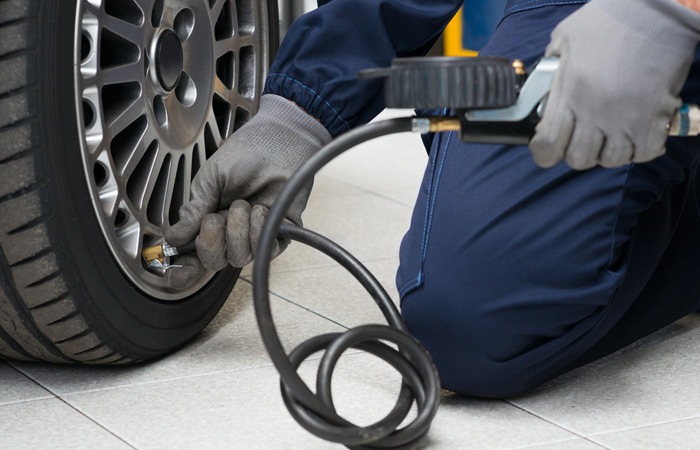
To ensure long-term and efficient functioning of automobile compressors, it is necessary to carry out regular care and maintenance. Here are some recommendations:
- Selection of oil: You can use ordinary motor oil for lubrication. For membrane compressors, this is the best option, while for reciprocating compressors, experts recommend purchasing lithol or plastic oil. For example, mineral oil with additives effectively lubricates compressors of this group. The presence of lithium soap in the oil prevents strong friction inside the unit, which means an increase in temperature.
- Applying oil: When applying oil, you should adhere to the "golden mean" principle - there should not be too much oil, but at the same time, all components should be lubricated. It is convenient to apply oil with the help of a metal rod with a cotton cloth wound on it. To get rid of excess oil, you can repeat the same manipulations, but wind toilet paper or napkins on the rod.
Regular lubrication of the compressor will help keep it in good condition and extend its service life.
Follow these recommendations and ensure the durability and reliability of your car pump. If you want to buy a new car compressor, the online store 130.com.ua offers a large selection of models at a favorable price with delivery in Kyiv, Kharkiv, Odessa and Ukraine.
Related materials:
Compressors and pumps: Best Sellers

Stay tuned for updates!
Subscribe to our Telegram channel and be the first to receive useful materials.
Subscribe









